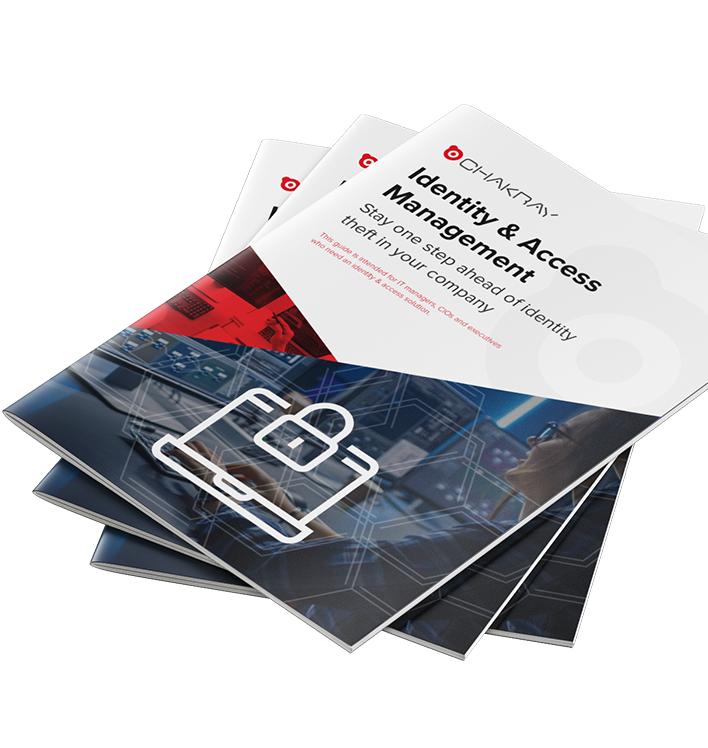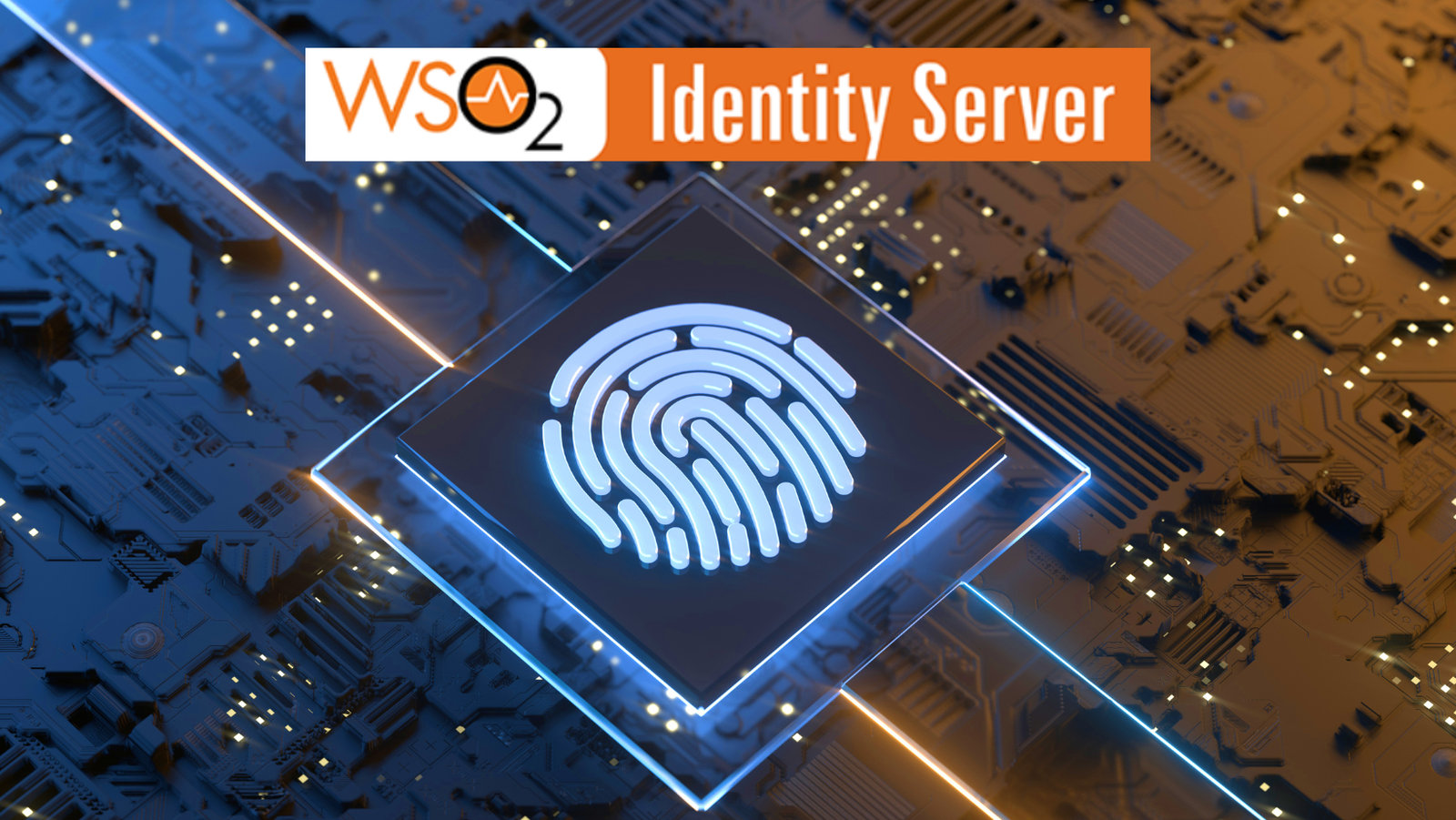Identity Management (IAM) is a generic term used to describe an organization’s internal processes that focus on managing user accounts and corporate network resources, including access rights for organizations, users, applications, and systems.
It includes functions to manage the identity of a user on the network and serves primarily to authenticate users, thus ensuring the rights requested by them.
Identity management (IAM): What it is and what you need to know
Identity management (IAM) is a broad domain of administration related to the identification of individuals within a system (country, network and enterprise) and the control of their access to the resources available within that same system.
At the most basic level, identity management involves defining what users can do within the network, with what devices, and under what circumstances.
“In an enterprise context, identity management aims to improve security and productivity while reducing costs and redundant tasks.”
In the digital world, our identities take the form of attributes and entries in a database. The trend in online services is to collect these attributes to give us a better service or create a unique user experience from the data collected in our static and dynamic attributes.
Your online identity is created when you sign up for a system. During registration, certain attributes are collected (email, phone number, social security and others) and stored in the database. The registration process may vary depending on the type of digital identity you submit.
-Don’t miss: The solution for identity management and access control-
While the procedure is exhaustive for a government-issued electronic identity, registration on social networking sites can be done with completely fictitious (and therefore unverified) identity attributes.
Identity management is primarily an attribute management issue. You, your line manager, your human resources manager, the IT administrator, the e-commerce site customer advisor, and many others may be responsible for creating, updating, or even removing the attributes that concern you.
The access management is then carried out, once the user’s identity has been established. After authentication, a decision must be made at the access control level. The decision is based on the information available about the user. This is where the attributes come into play.
If the authentication process can pass the necessary set of attributes to the access control decision point, the process can evaluate the attributes and decide whether access is allowed or not.
–Why should you use Identity Server to get adaptive authentication?-
Authentication and user access rights on the network are key elements of identity and access management. The IAM software is equipped with features that allow the user to simplify all procedures related to these processes. Such features include:
- Automatic provisioning of user accounts
- Workflow and self-service management
- Password management
- Single Sign-On (SSO)
- Role-Based Access Control (RBAC) / Access governance
- Audit and Compliance
Benefits of Identity Management (IAM)
Identity access and management are useful in many ways: it ensures regulatory compliance, enables cost savings, and simplifies the lives of your customers by enhancing their experience.
These are the main benefits of having an Identity and Access Management (IAM) solution:
Easily accessible anywhere
Nowadays, people need their identities all the time to use services and resources. In that sense, they require access to any platform without limits using their IDs, thus eliminating barriers for customers to enter the platform anytime, anywhere.
It encourages the connection between the different parts
The digital transformation that is taking place among more and more organizations forces the need for people, applications and devices to stay connected to each other. And, as expected, all of these processes bring with them some security threats.
However, IAM is a solution that guarantees correct administration with the best identity providers, such as Salesforce, Twitter and Google. Authentication and security are two of the strengths of Identity and Access Management, as well as being extendable and ready for future advances.
-Keep reading: How to build your access control and identity management strategy-
Identity Management improves productivity
Identity Management (IAM) automates the entry of new personnel and facilitates access to all components of the system with which the company operates. This allows reducing times in the delivery of access so that they begin to produce immediately.
For this reason, business agility is also increased by using the advantages that technology makes available to meet the demands of today’s world. Its application translates into greater business success!
It optimizes user experience
Remembering so many usernames and passwords to access social networks, banks and other services on the Internet becomes a challenge for people. Thanks to IAM, people can get an identity that provides access to different systems.
Single sign-on (SSO) allows customers and partners to access different internal and external applications with the same access method. That way the user experience will not be affected.
-Find out how CIAM can help you improve your customers’ experience-
Secure your brand at all levels
There will be no risk of security breach, regardless of whether a connection is made from multiple identity providers.
Identity and Access Management enables strong authentication to keep your business and brand secure.
Detailed verification of all identities entering the system is performed, in addition to allowing various licenses to limit access levels. At the same time, it monitors through analysis, fraud detection and alert functions that indicate a possible real risk.
In short, IAM is a reliable system that employs technology to support digital transformation. A software that provides agility, security and satisfaction to the company’s customers.
If you want to check it out, ask our consultants for advice and get started with your project.







